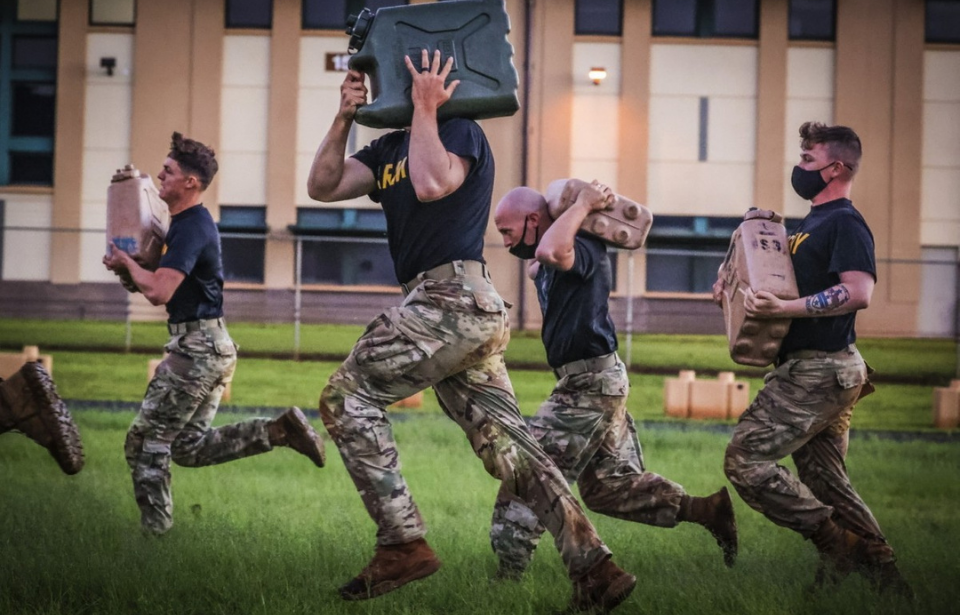The US Army has a long and decorated history. Dating back to the American Revolution, it’s since gone on to become the most powerful military force in the world. The following are some facts about the US Army that you might not have known about, from the history of its official song to its first female service member.
The first US Army submarine appeared in the American Revolution
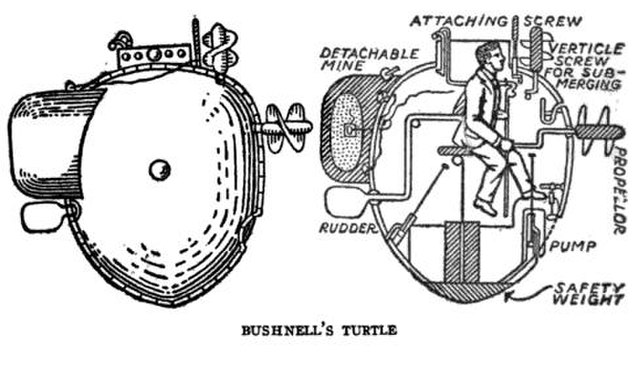
Kicking off our list of US Army facts is the service’s first submarine. Called the Turtle, it was invented by Yale graduate David Bushnell during the American Revolution. It featured a pretty simple design – a wooden craft propelled by a single individual using a hand crank and foot treadle. It rose and sank via a pedel-operated tank, and a lead ballast helped keep it upright.
The Turtle saw its first military activity on September 7, 1776, during a mission to blow up the HMS Eagle. The British ship was moored in New York Harbor. Unfortunately, the submarine’s operator, Ezra Lee, had received little training beforehand and aborted the mission.
After several botched trials, the Turtle was abandoned. Despite that, the Continental Army and George Washington praised Bushnell for his invention.
How did the US Army test chemicals during the Cold War?
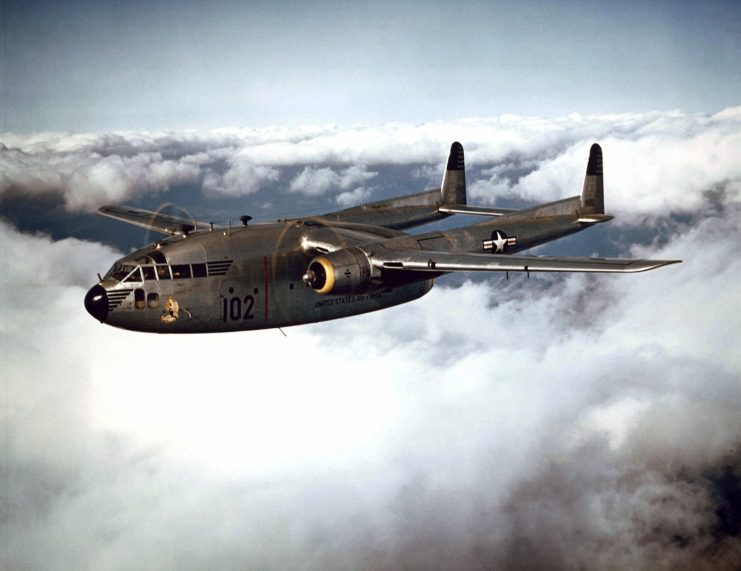
During the 1950s and ’60s, the US Army conducted chemical tests on civilian populations. Operation Large Area Coverage (LAC) was designed to assess the threat of biological attacks by simulating germ dispersal in the air. Motorized blowers were placed atop buildings in St. Louis, San Francisco, Minnesota and the coastal regions of South Carolina and Georgia, spreading zinc cadmium sulfide into the air.
Cadmium was used for its dispersal potential, despite being a harmful carcinogen. It was mixed with silicate and small amounts of copper and silver, with the latter allowing it to better glow under ultraviolet light. While the tests were isolated to a few US cities, the effects were felt across a large portion of the country and as far away as Mexico and Canada.
The federal government claimed the tests were guarding the country against Russian aerial observation and attacks until 1994. The admission came after citizens complained of health issues, as long-term cadmium exposure can cause lung cancer and bone and kidney problems.
The US Army was the last branch to adopt an official song
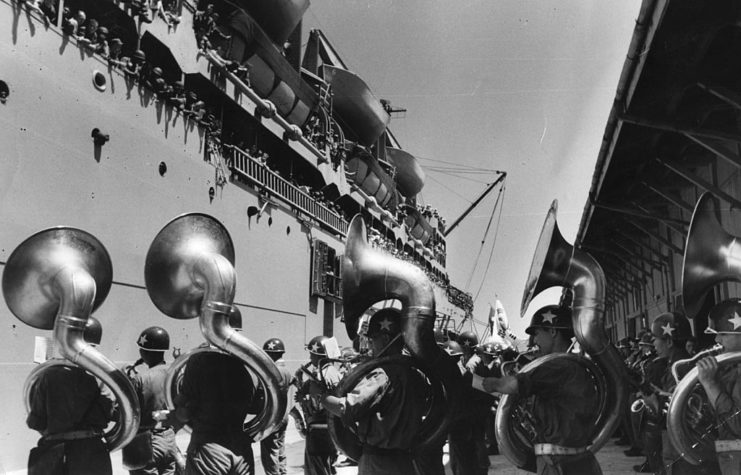
“The Army Goes Rolling Along” wasn’t always the US Army’s official song. In fact, it didn’t receive that distinction until Veterans Day 1956, after a lot of trial and error.
Its origins are in the Philippines, where West Point graduate Edmund Louis Gruber was stationed in 1908. He found inspiration upon overhearing a section chief shout commands at a caisson driver, and ended up writing “The Caissons Go Rolling Along.” John Philip Sousa turned it into “The Field Artillery Song.” When the Army failed to find the perfect song during contests held in 1948 and ’52, they returned to the tune with one condition: the lyrics be reworked. The rest, as they say, is history!
There was a unit dedicated to skepticism

The University of Foreign Military and Cultural Studies was established in 2004, in response to a review about the shortcomings that led to the attacks on 9/11. Students from the Command and General Staff College (CGSC) were trained to challenge the concepts and planning brought forth by military officials to strengthen the decisionmaking process. Their official title? The Red Team.
Unfortunately, this innovative course stopped in October 2021. With the US Army repurposing the $2.5 million set aside for the program, it no longer had the ability to train new students.
The first female service member disguised herself as a man
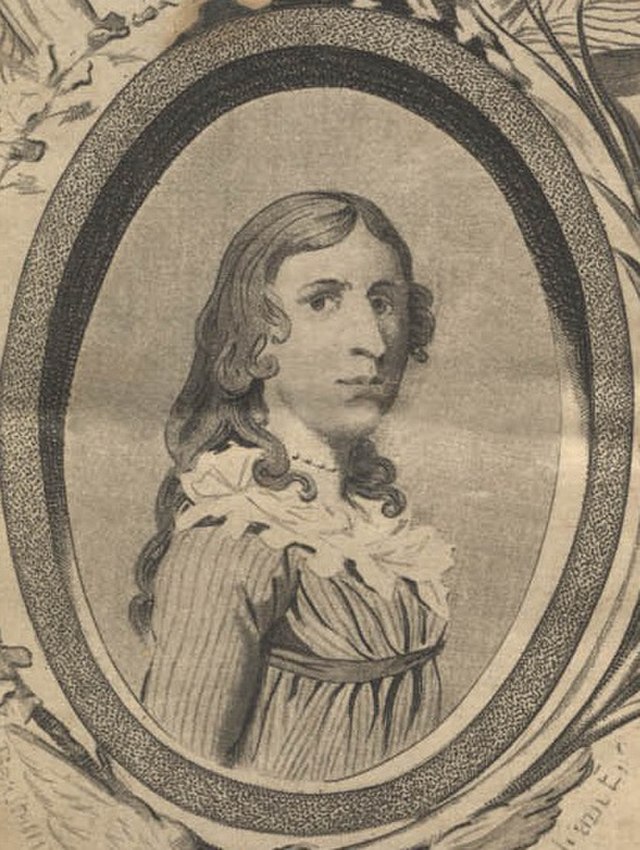
Now for the fact we hinted at earlier: the US Army’s first female service member! Deborah Sampson served in the Revolutionary War between 1782-83. She enlisted in the Fourth Massachusetts Regiment under the name “Robert Shurtleff” and was assigned to Capt. George Webb’s Company of Light Infantry. With them, she fought against the British alongside male infantrymen.
To keep her identity hidden, Sampson often treated her wounds herself. She managed to keep up the charade for a year before falling ill and being admitted to hospital, where she lost consciousness. She was given an honorable discharge in 1783, and was the first-ever woman to receive a military pension.
You can count the number of Five-Star Generals on one hand
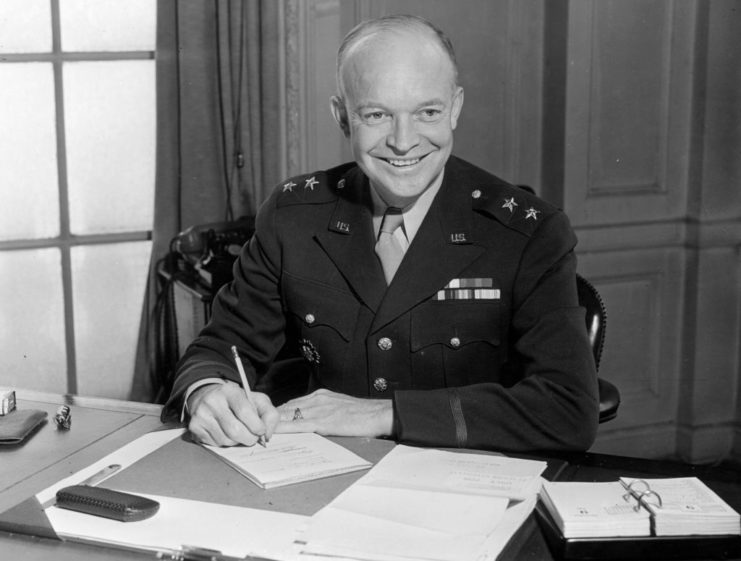
The Five-Star rank was introduced in 1944 to allow US officers to better command Allied officials from other countries who were technically of a higher rank. The US Navy also introduced a similar rank, the Fleet Admiral. Between 1944-45, the US Army promoted Dwight D. Eisenhower, Henry H. Arnold, George C. Marshall and Douglas MacArthur to the rank, with Omar Bradley being promoted in 1950.
While still in existence, the rank hasn’t been used since Bradley died in 1981. The president has the power to promote a general to the rank with US Senate approval, but many feel there isn’t a reason to do so, given the reason for its origins.
The US Army uses Depleted Uranium (DU) bullets
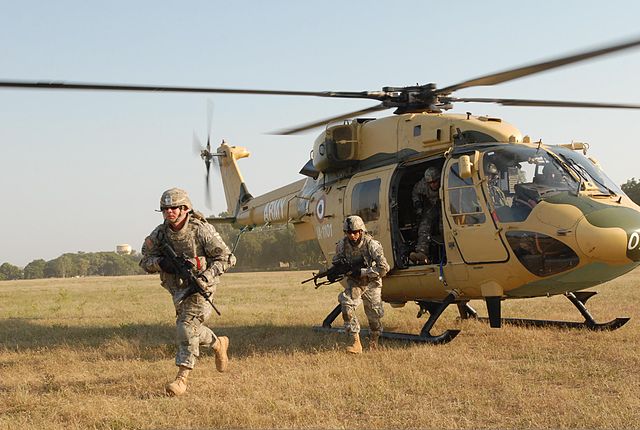
Depleted Uranium (DU) is a byproduct of the uranium enrichment process. Bullets made from it were first used during the Gulf War and have been standard issue ever since. Their high density allows them to pierce armored vehicles, and the impact often causes the rounds to ignite, causing more destruction.
Despite DU being depleted of its radioactivity by 40 percent, its chemical toxicity remains. This has led many to question the ethics of its use, as veterans have begun to experience health issues tied to it.
The Revolutionary War helped create modern guerrilla warfare
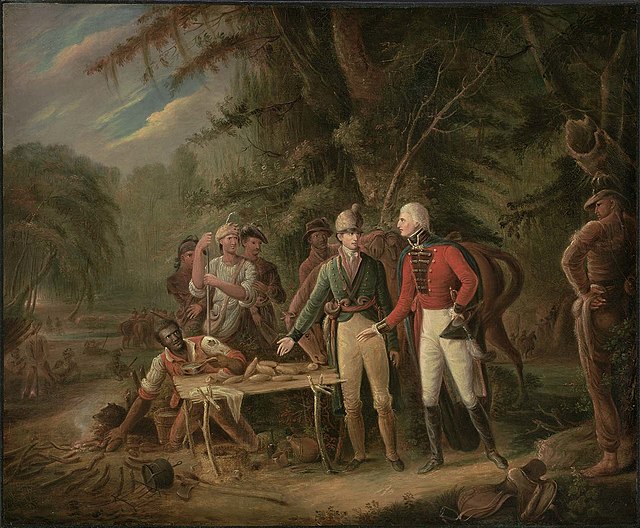
Gen. Francis Marion – nicknamed the “Swamp Fox” – is credited with pioneering the tactics behind modern guerrilla warfare. A student of Maj. Robert Rogers’ 28 Rules of Ranging, he spent his military career molding the techniques to fit his own style of fighting.
This, paired with his experience during the French and Indian War, allowed him to create a form of combat instrumental to America’s victory over Britain. Many recount that he and his troops would launch surprise attacks against the enemy before leaving almost as unexpectedly.
John F. Kennedy is behind the Special Forces’ green beret
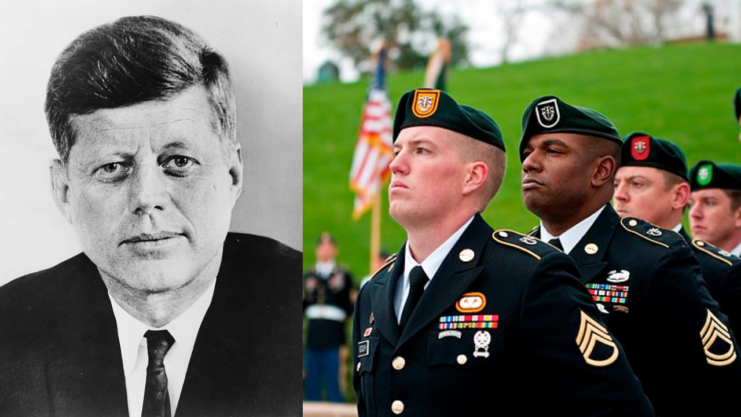
The green beret became standard issue for the US Army’s Special Forces after President John F. Kennedy visited Fort Bragg, North Carolina in 1961. He observed Brig. Gen. William P. Yarborough wearing one and decided it was just the article of clothing needed to distinguish the Special Forces from their counterparts.
At Kennedy’s funeral, Command Sergeant Major Francis Ruddy placed his own beret on the President’s grave, a tradition that continues to this day at Arlington National Cemetery.
The US Army is one of America’s largest employers
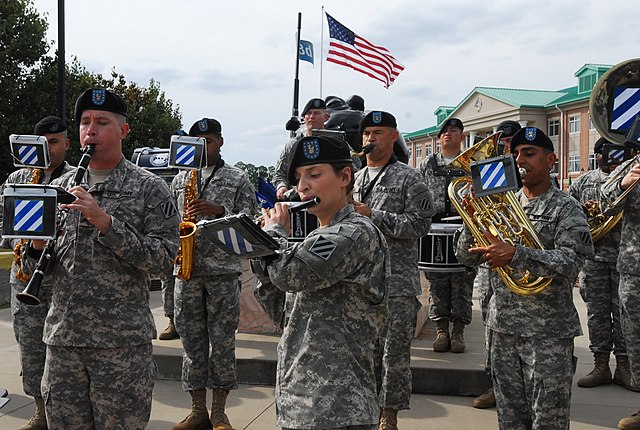
The US Army is considered one of the country’s top employers. As of 2017, there were 1.3 million active-duty service members across all branches and between 700,00 and 900,000 civilians employed (sources provide varying totals).
More from us: Military Inventions That Later Became Commercial Successes
While service members participate in traditional military tasks, civilian workers bring their skills to the support services. Other top employers, unsurprisingly, are Walmart and Amazon, the latter of which has seen exponential growth as more shoppers have moved online.
